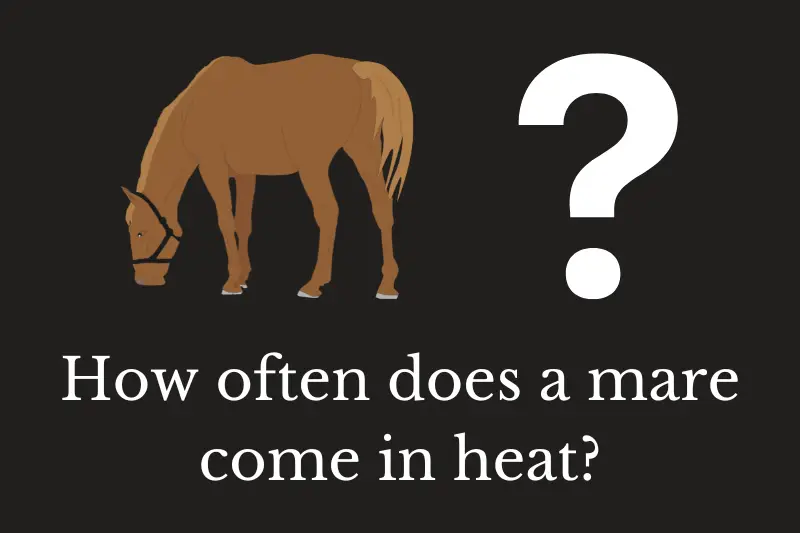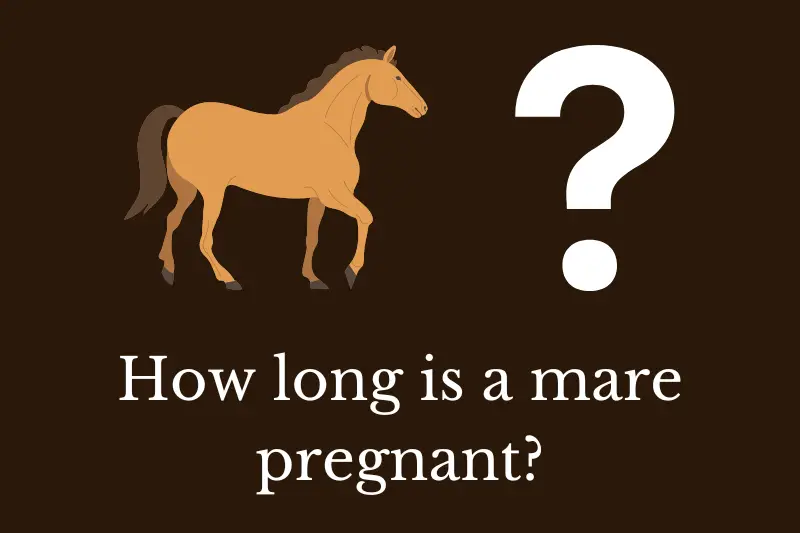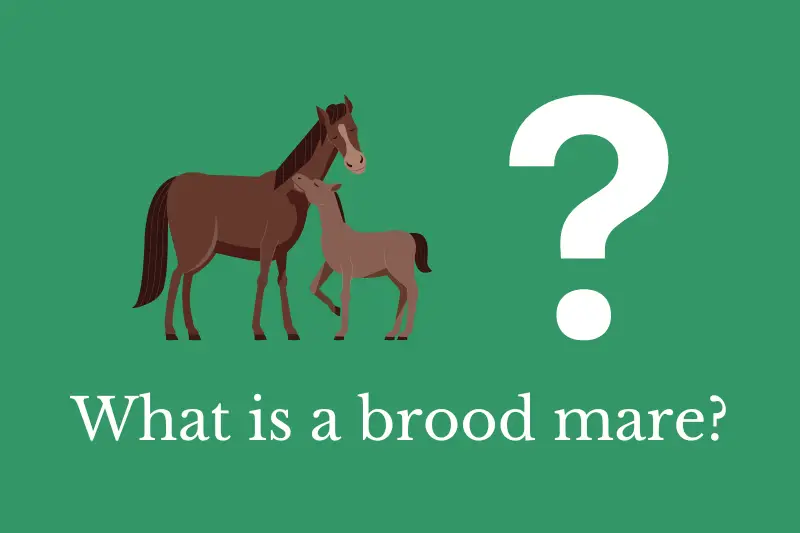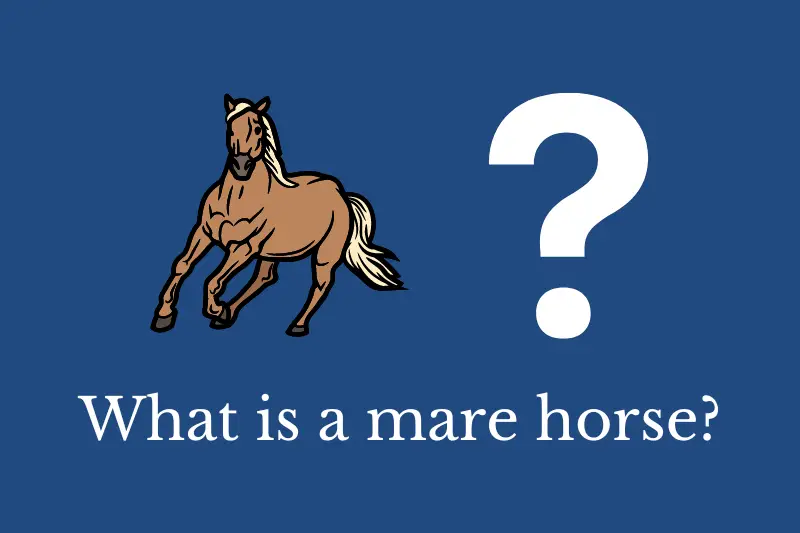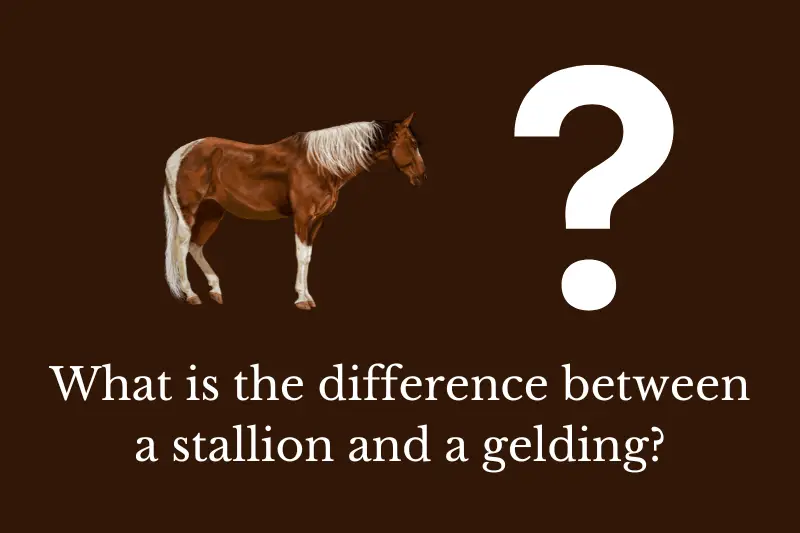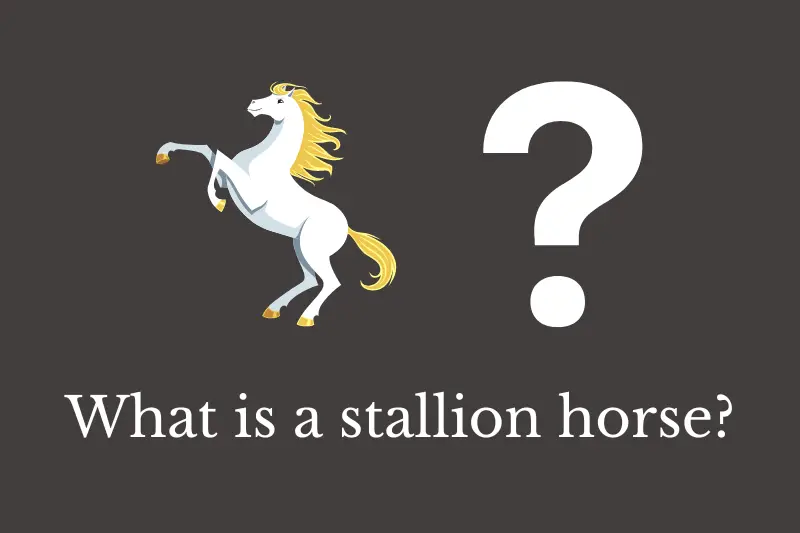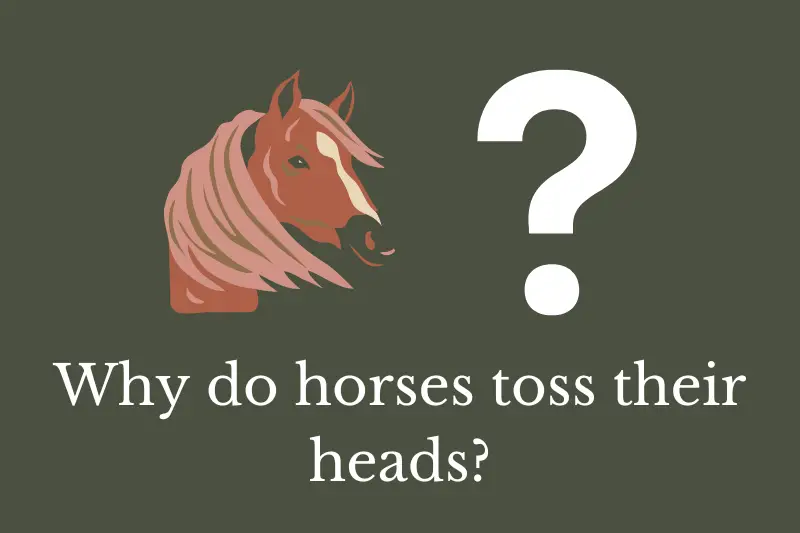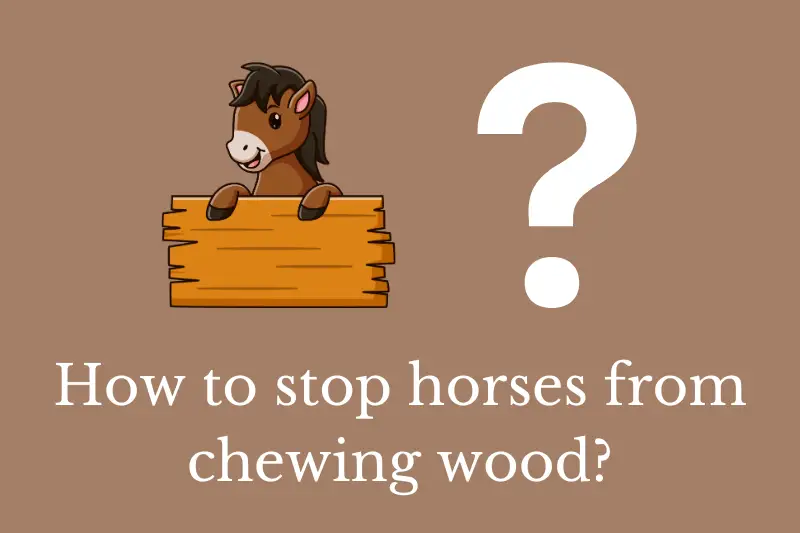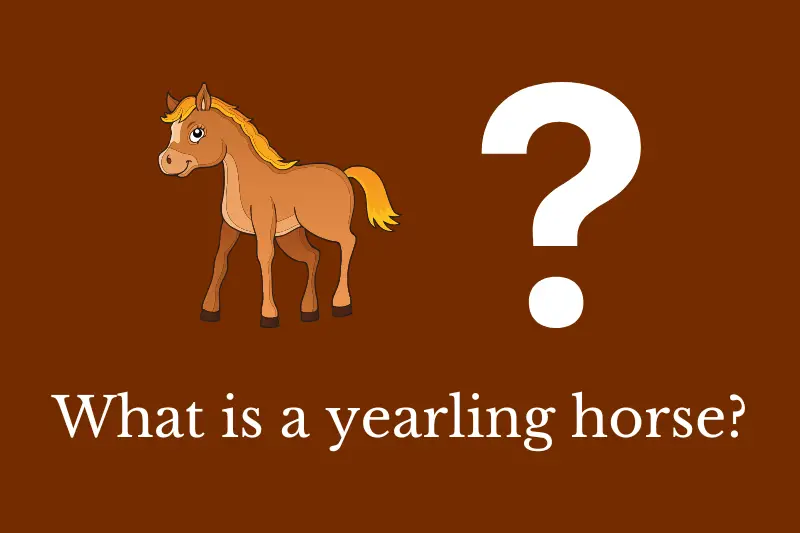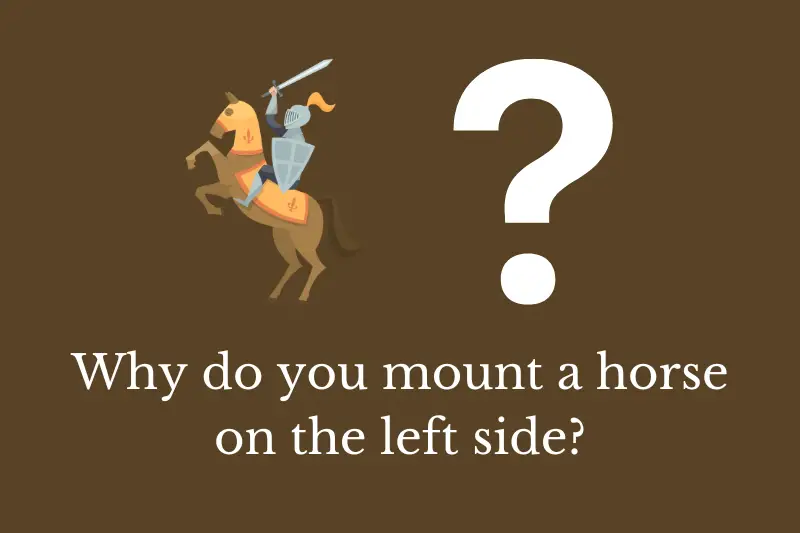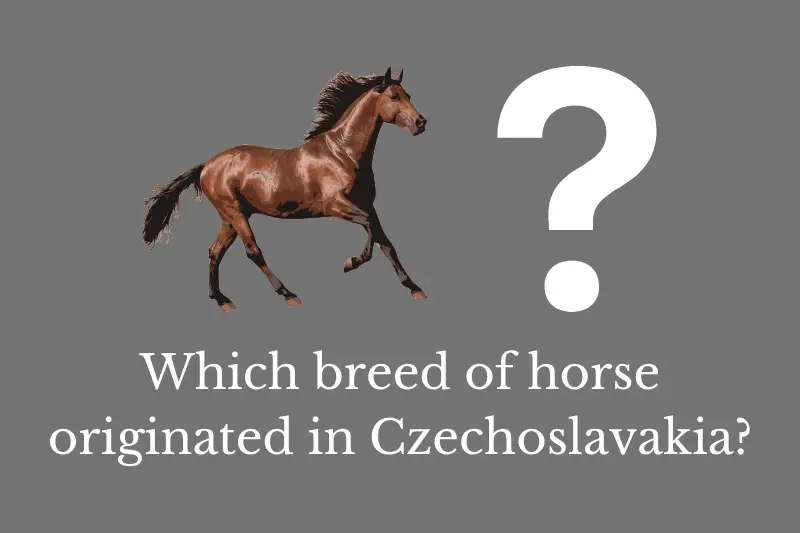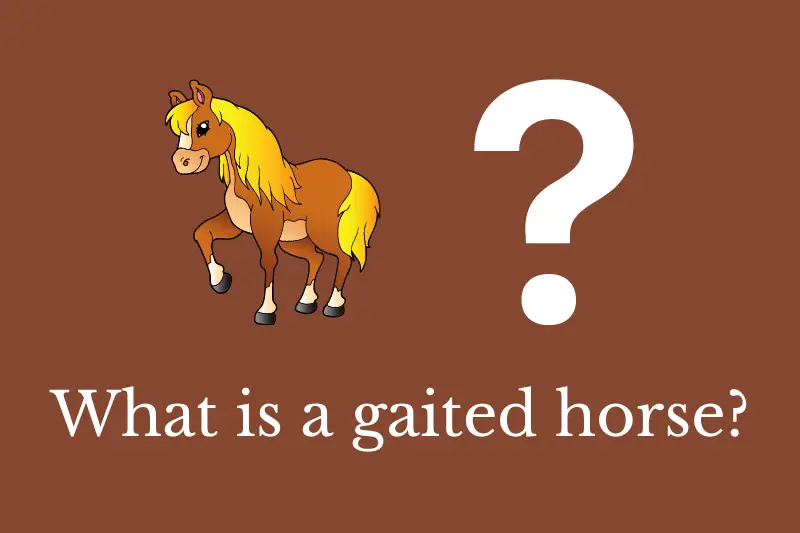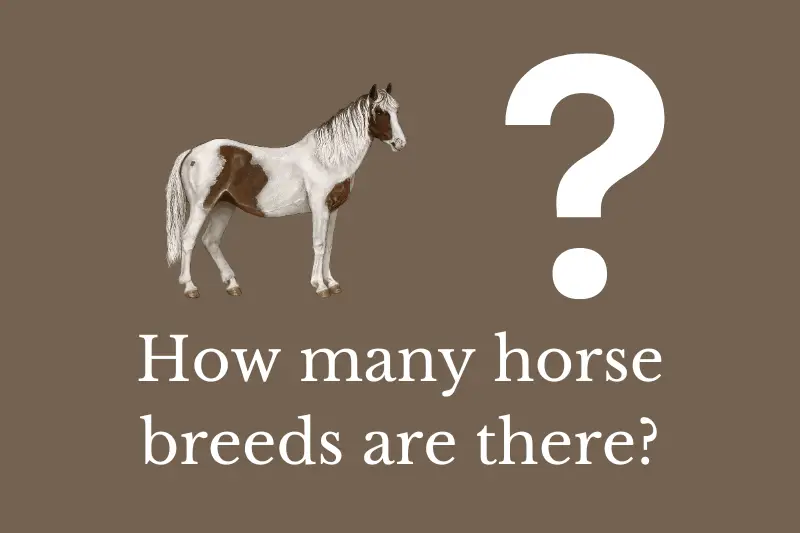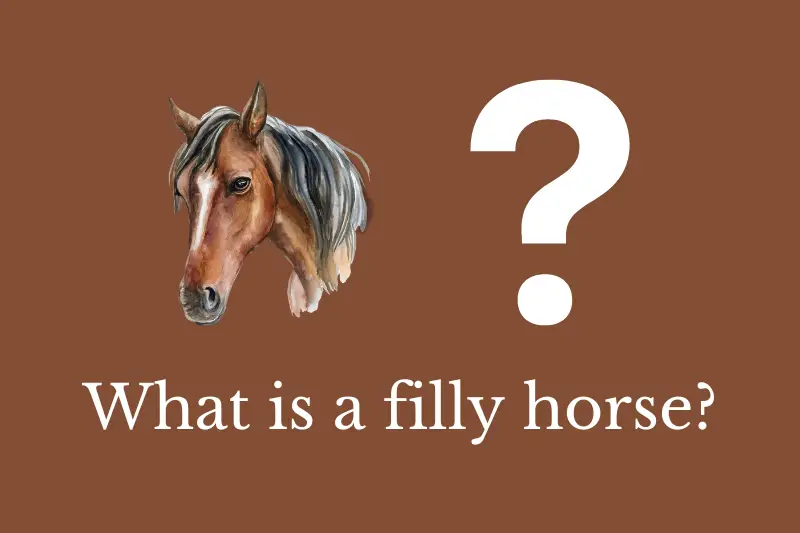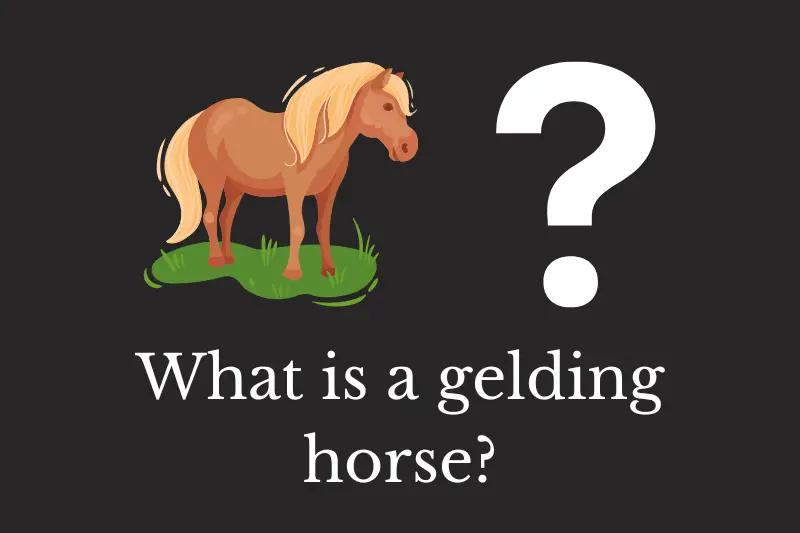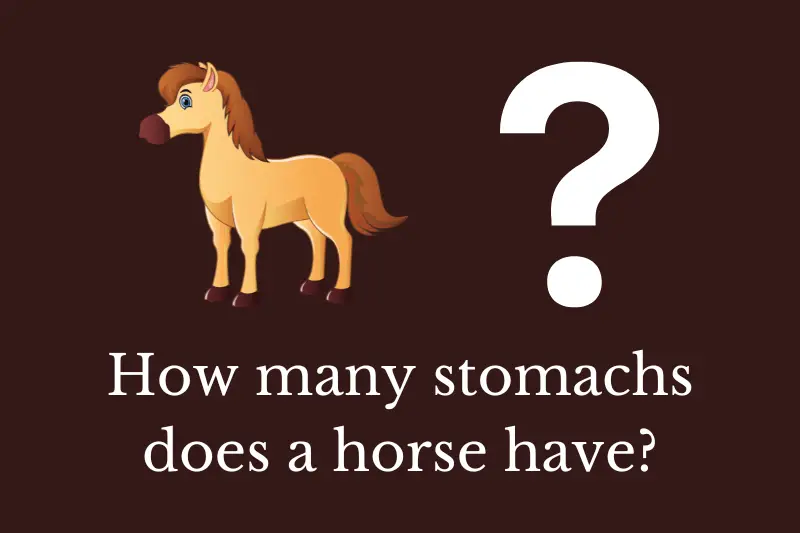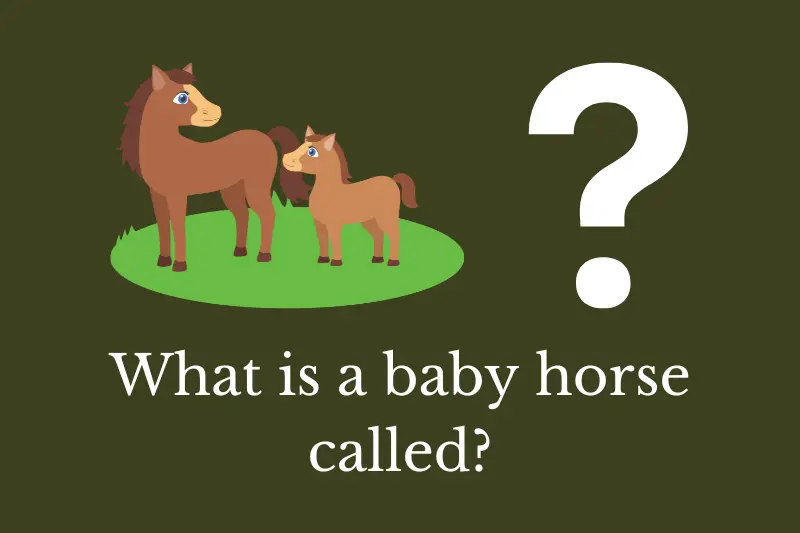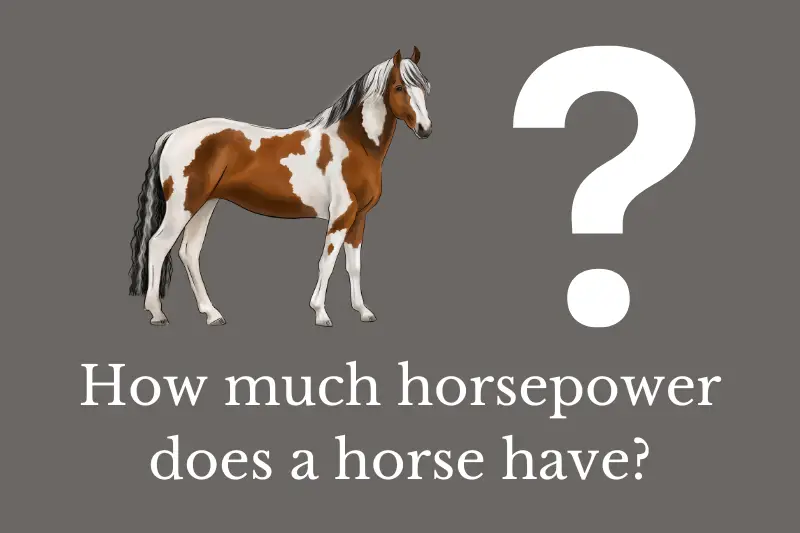A mare‘s reproductive cycle is controlled by hormones, and they typically come into heat, or estrus, every 21-23 days during the breeding season. The breeding season typically lasts from early spring to early fall, although some mares may cycle year-round. During the breeding season, mares will cycle through periods of estrus and diestrus, with each cycle lasting approximately 21-23 days.
During estrus, the mare’s body prepares for pregnancy, and she may exhibit behavioral changes such as increased restlessness, vocalization, and a willingness to mate. Physical signs of estrus may include a swollen vulva, increased vaginal discharge, and a relaxed tail. Mares in estrus may also allow other horses, including stallions, to approach and mount them.
After the period of estrus, the mare enters diestrus, which is a period of sexual inactivity. During this time, the mare’s body prepares for pregnancy and the development of the corpus luteum, a structure that forms on the ovary after the release of the egg during ovulation.
If the mare does not become pregnant during the breeding season, she will continue to cycle through periods of estrus and diestrus until the breeding season ends. During the non-breeding season, mares typically stop cycling, and their reproductive system becomes dormant until the next breeding season begins.
It is important to note that the length and regularity of a mare’s estrus cycle can vary based on several factors, including age, health, and environmental factors. Older mares may have irregular cycles or may stop cycling altogether, while mares with certain health conditions or that are under stress may also experience irregular cycles.
Additionally, the use of hormonal treatments, such as progesterone, can affect a mare’s estrus cycle. These treatments are sometimes used to control the timing of ovulation or to prevent estrus in mares that are being trained or shown.
Summary
In conclusion, mares typically come into heat every 21-23 days during the breeding season, with each cycle consisting of periods of estrus and diestrus. However, the length and regularity of a mare’s estrus cycle can vary based on several factors, and the use of hormonal treatments can also affect her cycle. Proper management and care can help ensure that a mare’s reproductive system remains healthy and that she cycles regularly during the breeding season.

